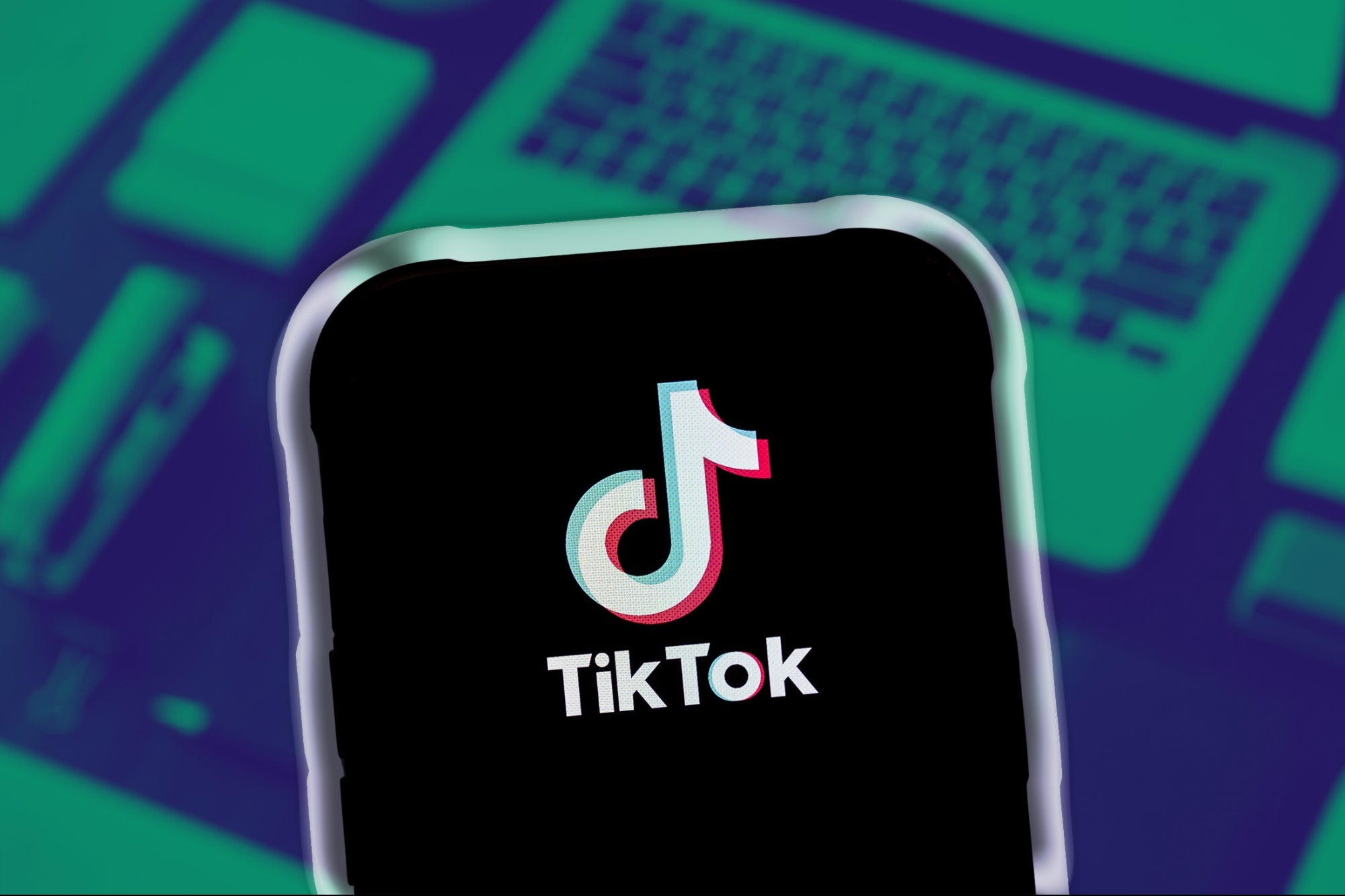Will the Rise of European Remote Work Lead to a Boom in Omnichannel Marketing? In an era that's driven by online engagement, we are likely to see a boom in omnichannel marketing. Let's explore how marketers can look to use omnichannel to reach their consumers.
By Dmytro Spilka Edited by Jason Fell
Opinions expressed by Entrepreneur contributors are their own.
You're reading Entrepreneur Europe, an international franchise of Entrepreneur Media.

With news of a Covid-19 vaccine bringing hope worldwide for an eventual end to the pandemic that's left a trail of destruction across 2020, many workers are eager to continue working remotely. With a recent McKinsey & Company study suggesting that one-third of Europe's major economies could continue their remote work, it may be time for marketers to consider their omnichannel marketing approach.
While some bosses may be reluctant to allow their employees to work from home (WFH) when it becomes safe to return to office commutes, research indicates that many employers are seeing improvements in the productivity of staff while they WFH.
Major European economies have seen significant rises in remote work as Covid became increasingly prevalent. The UK, Germany, France and Spain were among the global leaders when it came to WFH, with potentially as much as 46 percent of workers going remote.
According to Harvard Business Review, the vast majority of countries that display the ideal infrastructure to facilitate WFH come from northern and western Europe, indicating that there's plenty of potential for workers to continue operating remotely across the continent.
Shifts away from high streets and brick and mortar stores to spend more time at home means that businesses will be looking to appeal more to audiences through the various digital platforms that they use. Omnichannel marketing, of course, aims to make the shopping experiences from online to mobile to over the phone to in-person as seamless as possible.
In an era that's driven by digital engagement, we may soon see a boom in omnichannel marketing. But how will marketers look to use omnichannel to reach their consumers?
Marketing during the rise of remote work.
Remote work across Europe looks set to continue as the world transitions into the "new normal" period of recovery following the virus. Due to the development of remote technology and communications, this trend may never reverse.
According to the European Employer Covid-19 survey Report, nearly 70 percent of European employers plan to continue remote work for employees unless their jobs require them to be in the workplace. While 80 percent of respondents are requiring or considering to recruit more employees to WFH.
Respondents say that they're considering these shifts to achieve more productivity (41 percent), address the difficulty and price of introducing new safety measures (38 percent) and to allow for the closure of offices (25 percent). This may mean that the future of office spaces may change from a place to get work done to a place to meet for performance reviews and client discussions.
The implications of closing offices and fewer opportunities for workers to leave the house will have huge ramifications for other industries, and marketers will need to adapt quickly to the rise of remote work by creating better engagement opportunities for users within the places they're most likely to consume their media.
Let's take a deeper look into how omnichannel marketing methods can help businesses to reach more potential customers at home:
Understanding the changing journeys of customers.
The first thing marketers will need to understand to adapt their post-pandemic campaigns is how customer journeys are shifting.
Where traditional journeys revolved heavily around physical store visits and platform-based eCommerce, Deloitte notes that this pattern is moving towards a "life on the cloud' diversity of co-existing models, with fully integrated eCommerce, social media, live-streaming, influencers, vertically-integrated platforms, official brand websites and private traffic.
Significantly, the reach of marketers looks set to change to focus heavily on social media, digital entertainment and eCommerce platform campaigns.
While pop-up stores had been a popular way of engaging audiences over the past decade, the pandemic appears to have forced marketers to adapt to more digital platforms to continue to find customers.
Understand where your audience is.
It's vital to gain an insightful view of your customers to gain a full picture of what they like and don't like — as well as their purchasing habits, preferences, and how they behave across all channels. This data can help you to create a more enhanced customer experience.
By collecting and analyzing relevant customer data, a brand can establish the personality of their target audience which helps them to use the right tools and technology at the right time in the buying cycle. It's also important for businesses to test out their buying experience offered through the eyes of their customers. This can help to make the experience seamless, more user-friendly and free of any barriers.
Different businesses have customers who behave differently online. While customer behaviour tools like BrandWatch and Heap can provide strong insights into who your audience really is, a strong level of customer research can still be conducted manually.
By learning more about the social networks your customers use and the type of entertainment platforms they use, it's much easier to build campaigns to not only suit their tastes but also to appear where they're most likely to see them.
Reapproach your content.
Like with all campaigns, your content will be the foundation of your omnichannel efforts. You can begin by surveying your existing content to collect assets that align with the needs and interests of your target audience at different phases of the buyer's journey. Here, it's important to remember that the best content always attracts, informs and engages your audience while still promoting your brand.
Be sure to adjust the format and presentation of your content to fit the context of each channel that you're working in. Each piece of content needs to stay relevant to the channel it appears in while maintaining a consistent experience across channels. This will help to smooth out the experience for users across channels and devices.
Despite the need for adapting your content across channels to suit their respective audiences, it's still worth repurposing content from its core message and meaning across all the channels you operate in. This process isn't too time-consuming, and condensing ebooks into whitepapers or taking infographics from webinars can help to generate significant traffic for existing work.
The necessity of digital analysis.
Because of the significance of shifting your marketing operations towards omnichannel campaigns, it's vital that you track your progress using analytics to help you recover quickly if setbacks occur.
Platforms like Google Analytics and Finteza are effective ways of keeping track of how traffic arrives and interacts with your pages. If some channels are creating lower volumes of visits, it's important to reconsider your approach, or the type of content you're creating, or even checking whether you really do have as large of an audience to connect with via this form of marketing.
Covid may have caused widespread disruption to a range of industries across the world, but in remote work creating more digital audiences for businesses to connect with, there may be an opportunity for marketers to create more effective and adaptable campaigns that can spread further across channels and reach larger volumes of people.
With more research, multifaceted content, and time taken to analyse progress, businesses could yet turn their shortcomings from the pandemic into a significant opportunity for the future.













